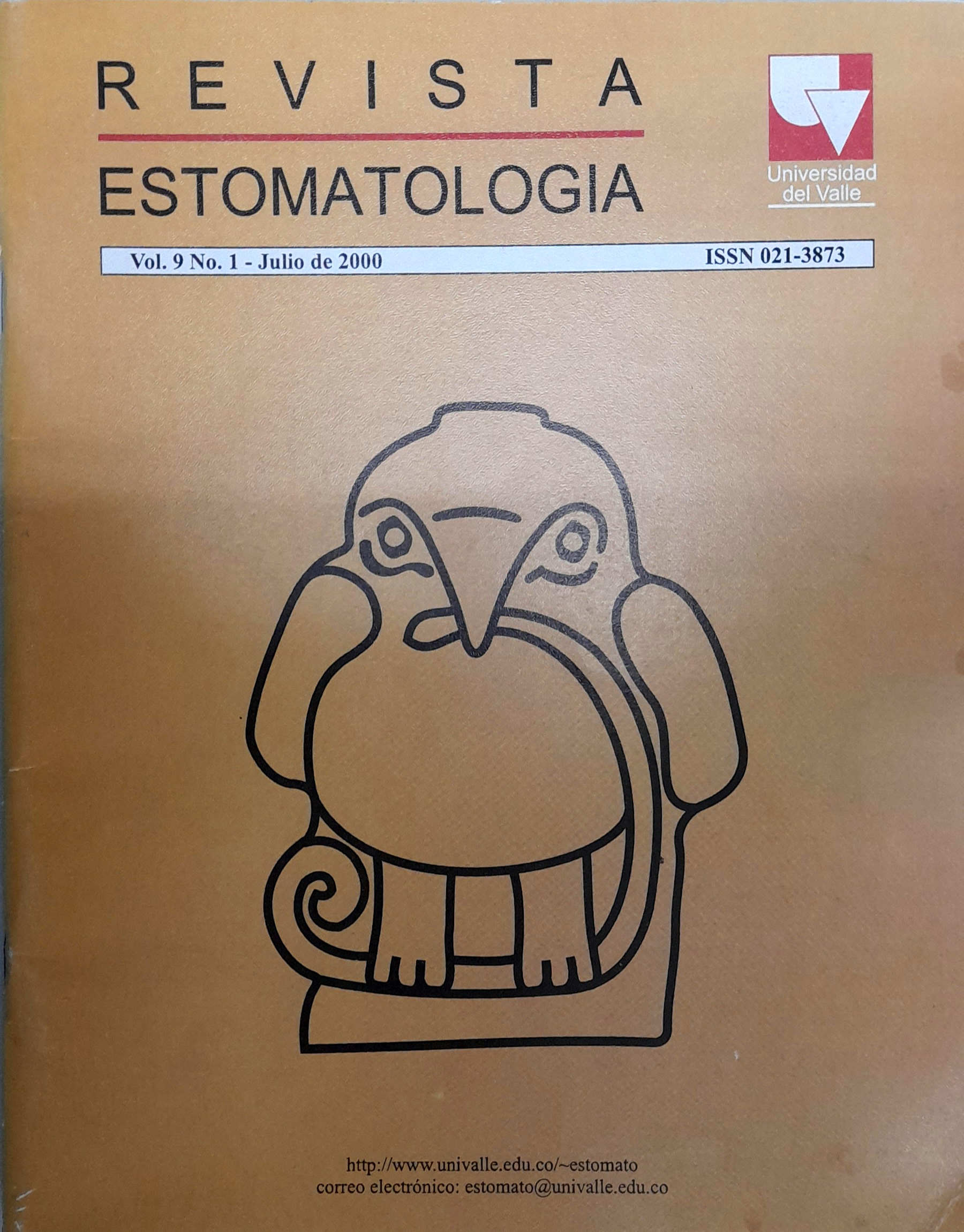Antibiotic therapy of Periodontal Diseases: A modern context
Keywords:
Enfermedades periodontales, AntibióticosMain Article Content
The microbial etiology of periodontal diseases provides the rational for antimicrobial treatment. Over the last 100 years, periodontal treatment is based on the "non-specific plaque hypothesis" that is, the overgrowth of bacterial plaques cause periodontal disease, and the suppression of this overgrowth reduces disease rjsk. The central feature of this approach to care is the removal of inflamed gingival tissue around the teeth to reduce periodontal pocket depth, thereby facilitating plaque removal by the dentist and the patient. In contrast, over the last 30 years, with the recognition that periodontal diseases are caused by specific bacteria and that specific antimicrobial agents can reduce or eliminate the infection, a second paradigm was developed. This new paradigm, the "specific plaque hypothesis" focusses on reducing or e1iminating the specific bacteria that cause periodontal atacchment loss. The contrast between the two paradigms can be stated as fol1ows: The antimicrobial therapy reduce the cause, while the surgical therapy reduces the result of periodontal infection. The specific plaque hypothesis as two importantconsequences. First, periodontal disease might be prevented and treatted with more predictable c1inical outcomes and lower cost. Second, the recent observations thatperiodontal infections increase the risk for cardiovascular disease, argue for the prevention and elimination of these periodontal infections. This review high1ights some evidence for the specific plaque hypothesis and address the rational for antimicrobial therapy of periodontal disease.
Downloads

This work is licensed under a Creative Commons Attribution-NonCommercial-NoDerivatives 4.0 International License.
Los autores/as conservan los derechos de autor y ceden a la revista el derecho de la primera publicación, con el trabajo registrado con la licencia de atribución de Creative Commons, que permite a terceros utilizar lo publicado siempre que mencionen la autoría del trabajo y a la primera publicación en esta revista.

